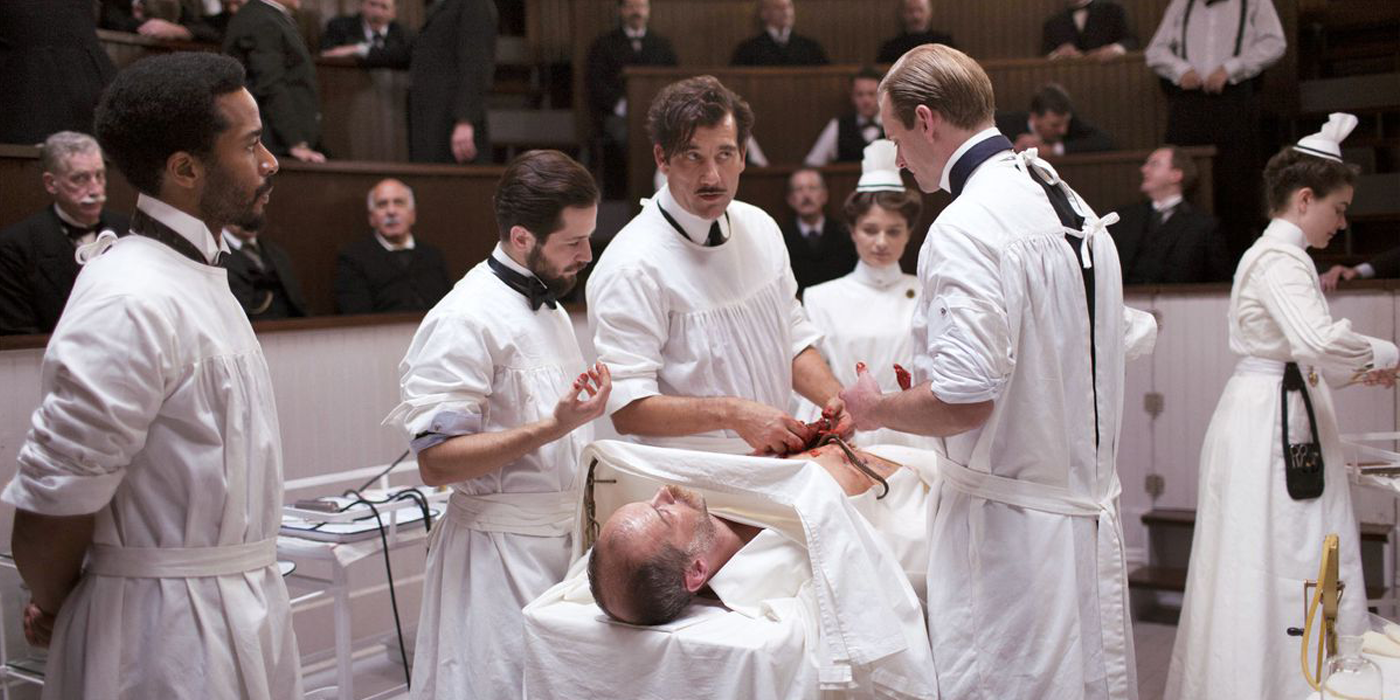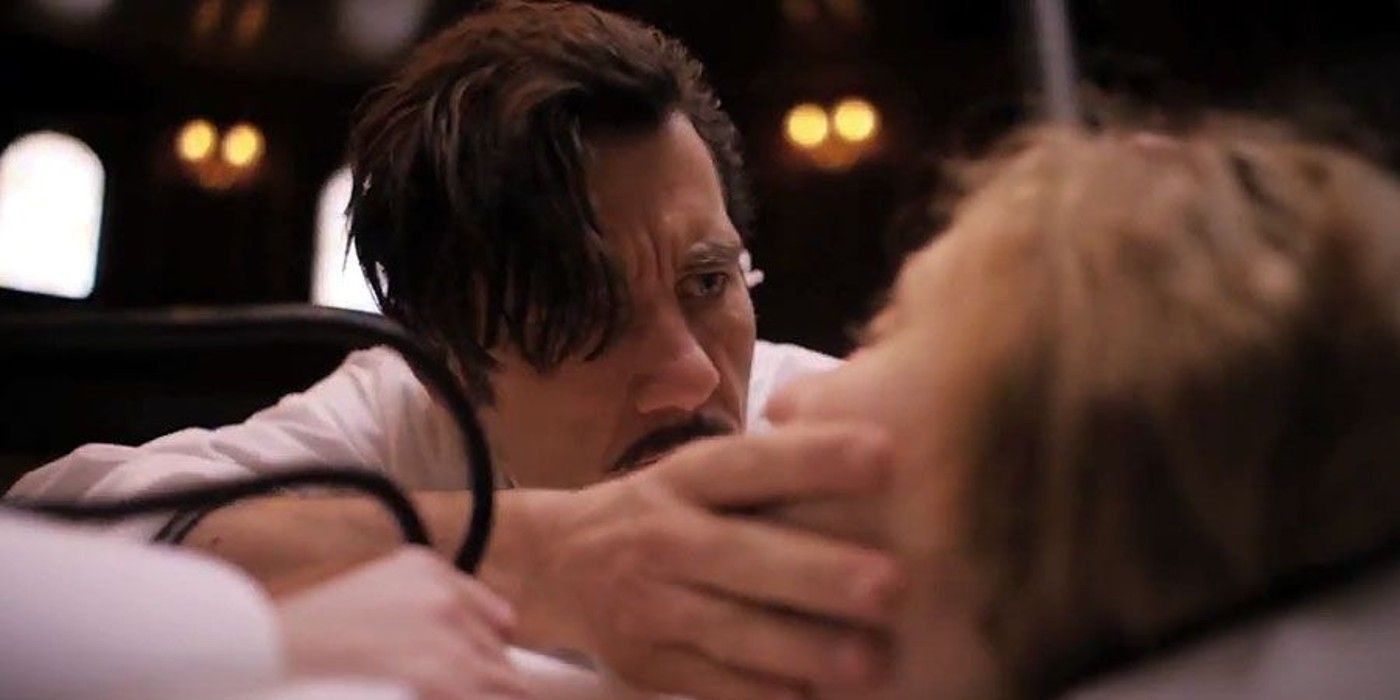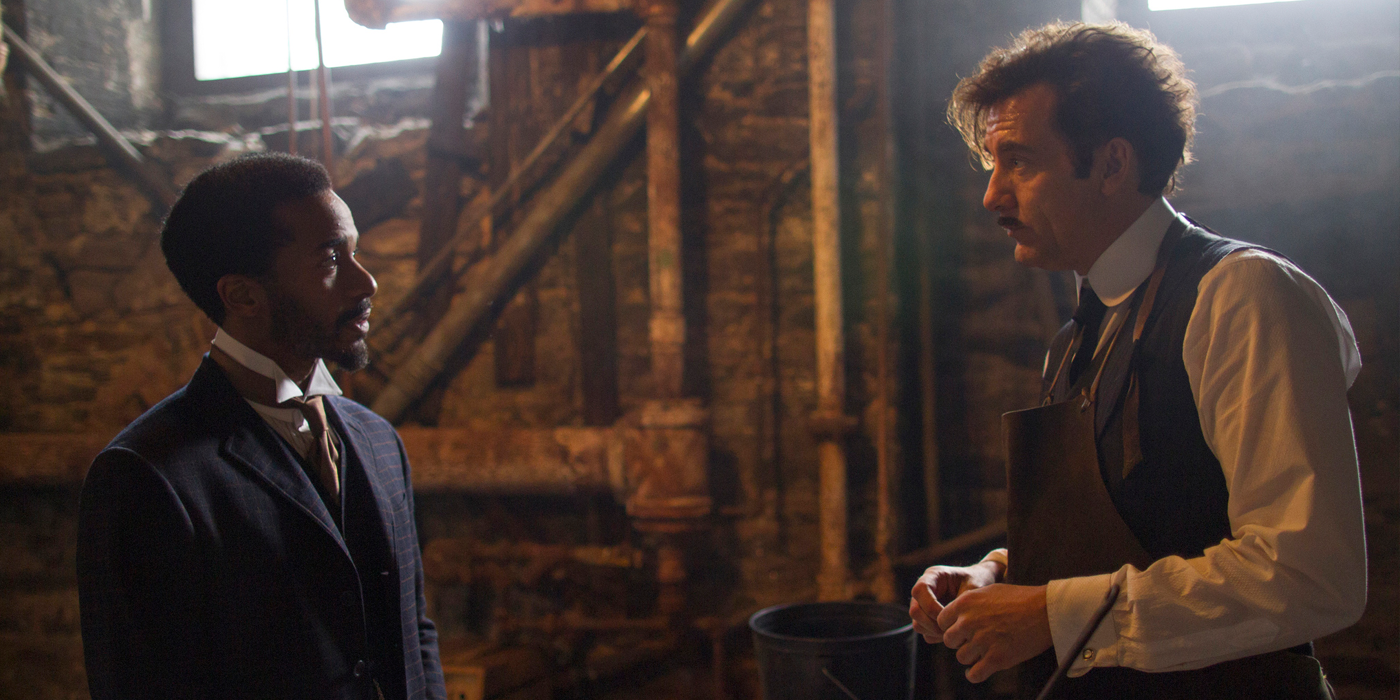Five years after its cancellation, Steven Soderbergh’s series The Knick has been given a new lease on life thanks to its arrival on HBO Max. The moody, atmospheric hospital drama has slowly been winning over a new legion of fans, who are drawn in by the series’ dramatic recounting of medicine at the turn of the 20th Century. While there is no shortage of hospital dramas with strong characters and long-running storylines, The Knick offers a different take on the genre, showing medicine as it was just coming out of the Victorian era.
The Knick recounts the goings-on at New York’s Knickerbocker Hospital, circa 1900. There, a group of doctors and nurses try to care for their patients while also learning more about new developments happening in and around science and medicine. Leading the charge is Dr. John Thackery (Clive Owen), a brilliant surgeon who is secretly battling his own demons. The drama, characterization and recreation of early 1900s New York has roped in viewers who enjoy the show’s twisty drama and the devotion to historical accuracy. This latter point has led fans of The Knick to speculate just how much of the show is rooted in actual history.
Is The Knick’s Knickerbocker Hospital Real?
While the characters and situations on The Knick are fictional, much like New Amsterdam, another fact-based hospital drama, the series draws its inspiration from the real world. The Knickerbocker Hospital was indeed a real place, albeit somewhat different from the way it is portrayed on the show. The actual Knickerbocker was founded in 1862 as the Manhattan Dispensary. Unlike the downtown location of the Knickerbocker on the series, the real-life hospital was located at Convent Avenue and 131st Street in Harlem (known to Marvel fans as the stomping grounds of Luke Cage). The dispensary treated soldiers injured in the Civil War, which was still raging at the time. It was rechristened in 1895 as the J. Hood Wright Memorial Hospital in honor of the hospital’s founder, who had died suddenly the previous year.
By 1913, more than a decade after the series takes place, the hospital’s name was changed to the Knickerbocker Hospital. For the next 60-plus years, the hospital maintained the largest ambulance district in the city, running from 77th to 145th Street and from Fifth Avenue to the Hudson River. In addition, it was the second-largest employer in Harlem, with more than 600 people on the payroll as of 1971. However, in the early ’70s, mounting debts forced the Knickerbocker to close its doors.
Does The Knick’s Knickerbocker Hospital Still Exist?
Three years after its shuttering, the Knickerbocker reopened as Arthur C. Logan Memorial Hospital, in honor of prominent black surgeon Arthur C. Logan. The hospital was notable for being the only Black-operated voluntary hospital in New York City. However, by the end of the decade, the hospital was $20 million in debt and facing allegations of fraud and mismanagement. Things were so dire that, at one point, the hospital could not afford to pay its workers. The hospital finally closed for good in 1979.
Today, the former site of the Knickerbocker Hospital is now the M. Moran Weston seniors’ residence, an apartment complex for senior citizens. The building is named for M. Moran Weston, a Harlem priest who helped found Carver Federal Savings Bank, now the nation’s largest Black-owned financial institution.
So, while the Knickerbocker Hospital that exists on The Knick is somewhat different from the actual hospital that existed in early-20th Century New York, it’s clear that Soderbergh and crew took plenty of inspiration from the hospital’s unique and interesting history. Fans are hoping that the show’s newfound resurgence will convince HBO Max to pull the trigger on a new season. And, with the network lining up everything from Batman-themed spinoffs to a prequel to Stephen King’s IT, there’s always a chance. Should that happen, it’s clear that, when it comes to story ideas, the Knickerbocker offers plenty of history to draw from.
Read Next



